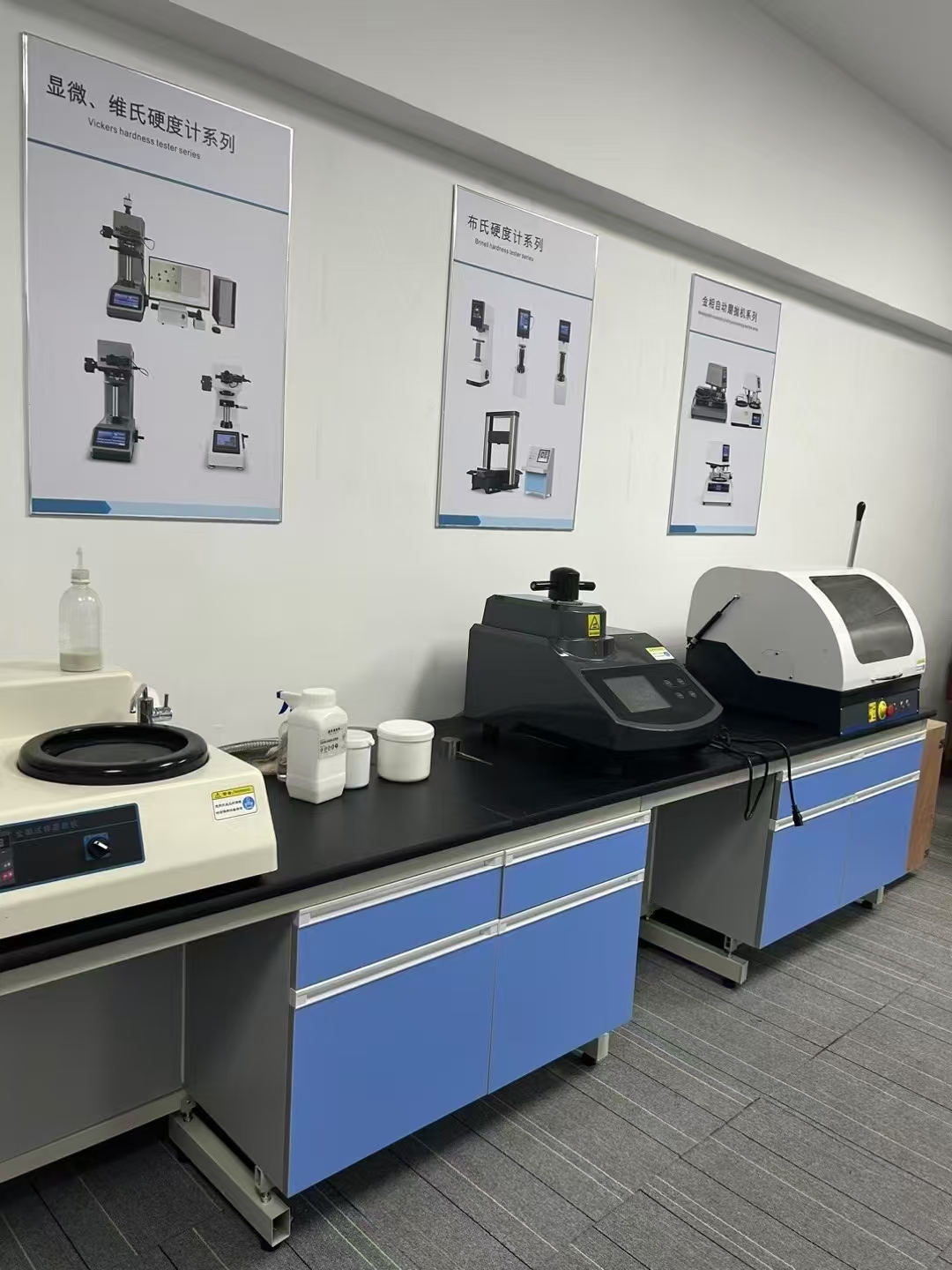Hardness-Tester7MHVS-1000A-1.jpg?x-oss-process=image/resize,h_1000,m_lfit/format,webp)
Hardness testers have come a long way since their inception. In the early days, the need to evaluate the resistance of materials to deformation led to the development of the first hardness testing methods. Over time, these methods have evolved, becoming more accurate and sophisticated, to meet the ever - growing demands of modern industry.
The fundamental concept behind a hardness tester is to measure the resistance of a material to permanent deformation when a specific force is applied through a defined indenter. When the indenter, which can be in various shapes such as a pyramid or a sphere, presses against the material, it creates an indentation. The size, depth, or shape of this indentation is then measured to determine the material's hardness.
There are several different hardness testing methods, each with its own unique principles. For example, the Brinell hardness test uses a hard steel or carbide ball as the indenter. A large load is applied to the ball, and the diameter of the resulting indentation is measured. The Vickers hardness test, on the other hand, uses a square - based pyramid indenter. The diagonal length of the indentation is measured to calculate the hardness value.
Hardness-Tester7MHVS-1000A-1.jpg)
The main differences between these methods lie in the shape of the indenter, the applied load, and the measurement method. The Brinell test is suitable for testing materials with a coarse - grained or heterogeneous structure, such as castings and forgings. The Vickers test is more precise and can be used for a wider range of materials, including thin sheets and small parts. It is also suitable for micro - hardness testing.
| Test Method | Indenter Shape | Suitable Materials |
|---|---|---|
| Brinell | Steel or carbide ball | Castings, forgings |
| Vickers | Square - based pyramid | Thin sheets, small parts |
In the automotive industry, hardness testers are used to ensure the quality of engine components. For example, the pistons and crankshafts need to have the appropriate hardness to withstand high - pressure and high - temperature environments. By using hardness testing, manufacturers can detect any potential issues early, improving the reliability and performance of the vehicles.
In the aerospace industry, the materials used in aircraft structures, such as titanium alloys and composites, need to be carefully tested for hardness. A small deviation in hardness can lead to catastrophic failures. Hardness testers help to maintain the strict quality standards required in this industry.

By using hardness testers, businesses can significantly enhance the quality of their products, reduce the risk of product failures, and ultimately drive business growth. If you are looking to improve your product quality and efficiency, it's time to explore the benefits of hardness testers.
We'd love to hear from you! Do you have any questions about hardness testers or their applications? Leave a comment below, and our experts will be happy to answer them. Also, if you have any interesting application cases to share, we'd be delighted to learn from you.
Ready to take your product quality to the next level? Contact us today to learn more about our high - quality hardness testers and how they can benefit your business!